sewing drapes
janete
14 years ago
Related Stories
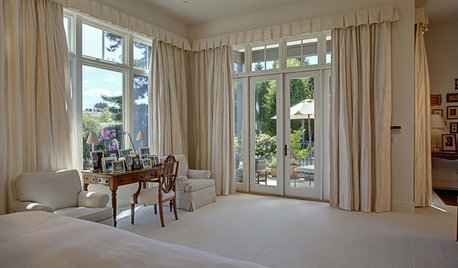
WINDOW TREATMENTSHow Low Should Your Drapes Go?
Hover, brush the floor or pool like Scarlett O'Hara's tears — we give you the lowdown on curtain length options
Full Story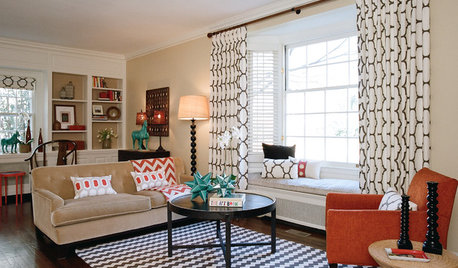
WINDOW TREATMENTS9 Ideas for a Beautifully Draped Home
Go bold with your curtains and drapes for all the privacy you need and heightened drama too
Full Story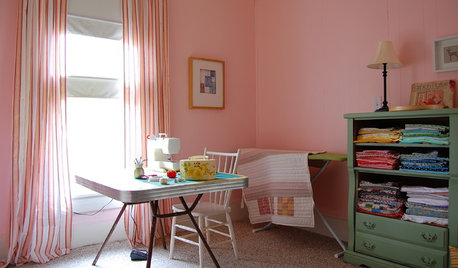
STUDIOS AND WORKSHOPSA Stitch in Time: Creative Sewing Spaces
Sewing rooms have become popular again as people of all ages embrace simple crafts they can do at home
Full Story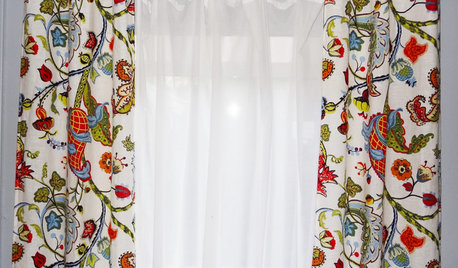
DIY PROJECTSSew a Pair of Easy Sag-Top Curtains
Create a custom window treatment on the cheap with this simple DIY curtain panel project
Full Story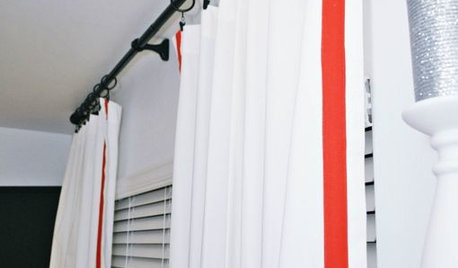
WINDOW TREATMENTSEmbellishing Tricks for Cost-Effective Custom Curtains
Get curtains that look high end — even if you don't sew — with just a little trim here or a little banding there
Full Story
WINDOWSPretty (and Money-Saving) Window Treatments
Stationary Drapes, Shades and Swags Add Polish for Less
Full Story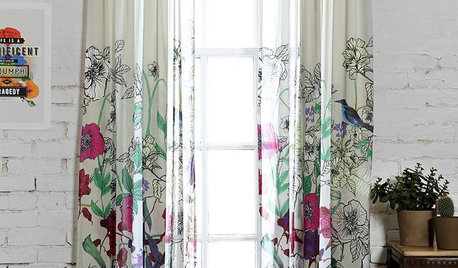
PRODUCT PICKSGuest Picks: Curtain Call
These unusually stylish drapes are so affordable, you may want to take a bow for finding them
Full Story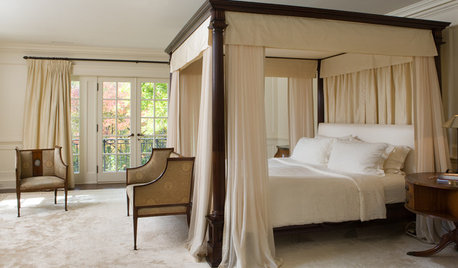
BEDROOMS9 Ways to Dress a Four-Poster Bed
Complete the fairy-tale look or go as modern as you like with canopies, swags, drapes — or nothing at all
Full Story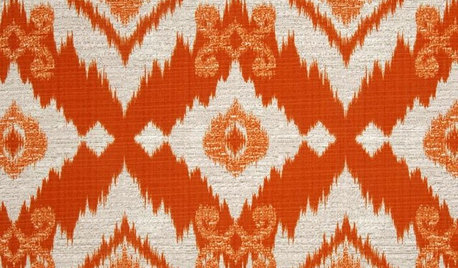
PRODUCT PICKSGuest Picks: Orange Fabrics for Year-Round Fanfare
Nothing punches up a room faster than pillows, drapes or upholstered furnishings in energizing orange — even after autumn
Full Story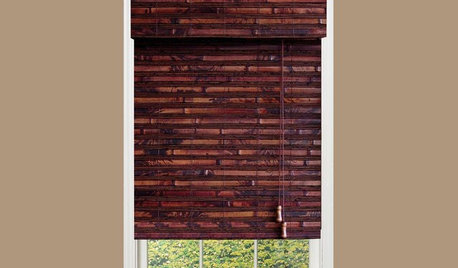
PRODUCT PICKSGuest Picks: A Whole Lotta Wonderful Window Coverings
Blinds, drapes, shades and curtain rods to give your windows a polished, put-together look
Full StoryMore Discussions






janeteOriginal Author
pattiohio
Related Professionals
Easton Furniture & Accessories · Medford Furniture & Accessories · St. Louis Furniture & Accessories · Aspen Hill Interior Designers & Decorators · Chambersburg Furniture & Accessories · Potomac Furniture & Accessories · St. Louis Furniture & Accessories · Walnut Creek Furniture & Accessories · Golden Glades Furniture & Accessories · Kansas City Furniture & Accessories · Mill Valley Furniture & Accessories · Northridge Furniture & Accessories · Vail Furniture & Accessories · Highland Staircases & Railings · Stanton Staircases & Railingsoilpainter
oilpainter
janeteOriginal Author
oilpainter